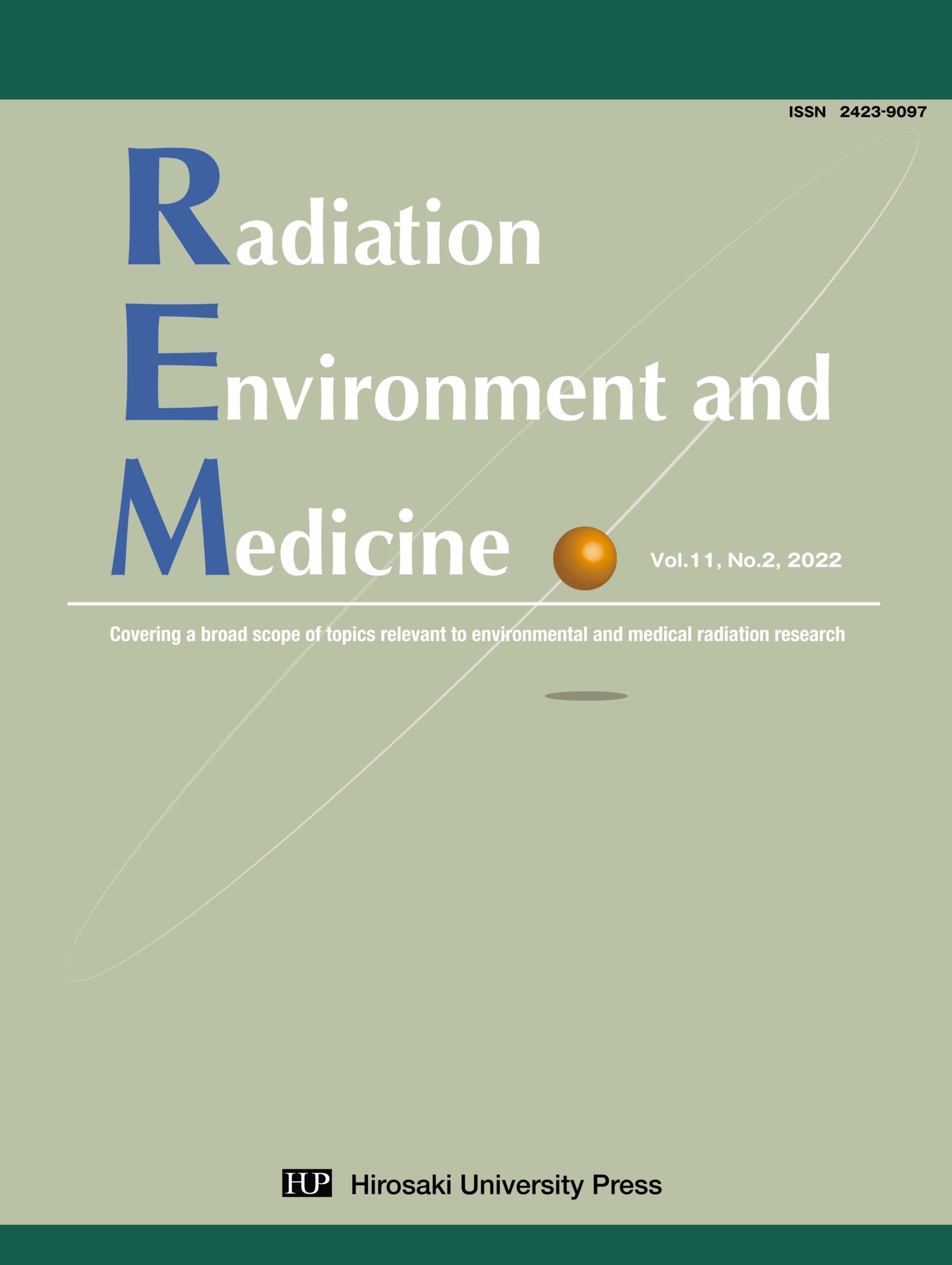An Overview of Passive-Type Detectors for Radon and Its Progeny Measurement
View article content
Worawat Poltabtim1, Chutima Kranrod2 and Shinji Tokonami2*
1Department of Radiation Science, Graduate School of Health Sciences, Hirosaki University, 66-1 Hon-cho, Hirosaki, Aomori 036-8564, Japan
2Institute of Radiation Emergency Medicine, Hirosaki University, 66-1 Honcho, Hirosaki, Aomori 036-8564, Japan
- Abstract
Radon is well known as a radioactive gas, and the inhalation of radon and its progeny could lead to health risks, especially inducing carcinogenesis that potentially generates lung cancer. Therefore, it is essential to monitor concentrations of radon and its decay products to estimate the radiological hazards and risks to human health. In this paper, numerous studies on passive techniques for radon and its progeny have been reviewed and summarized. The mainstream of passive devices can be classified into four groups: (i) alpha track detectors, (ii) activated charcoal detectors, (iii) electret ion chambers, and (iv) thermo-luminescent dosimeters. The principle of passive devices, materials, designs, and the factors affecting their performance are discussed. This review aims to provide options and understanding of the passive techniques for radon and its progeny measurement, which have been developed for radiation protection and surveillance of radon and its progeny in various environments.



